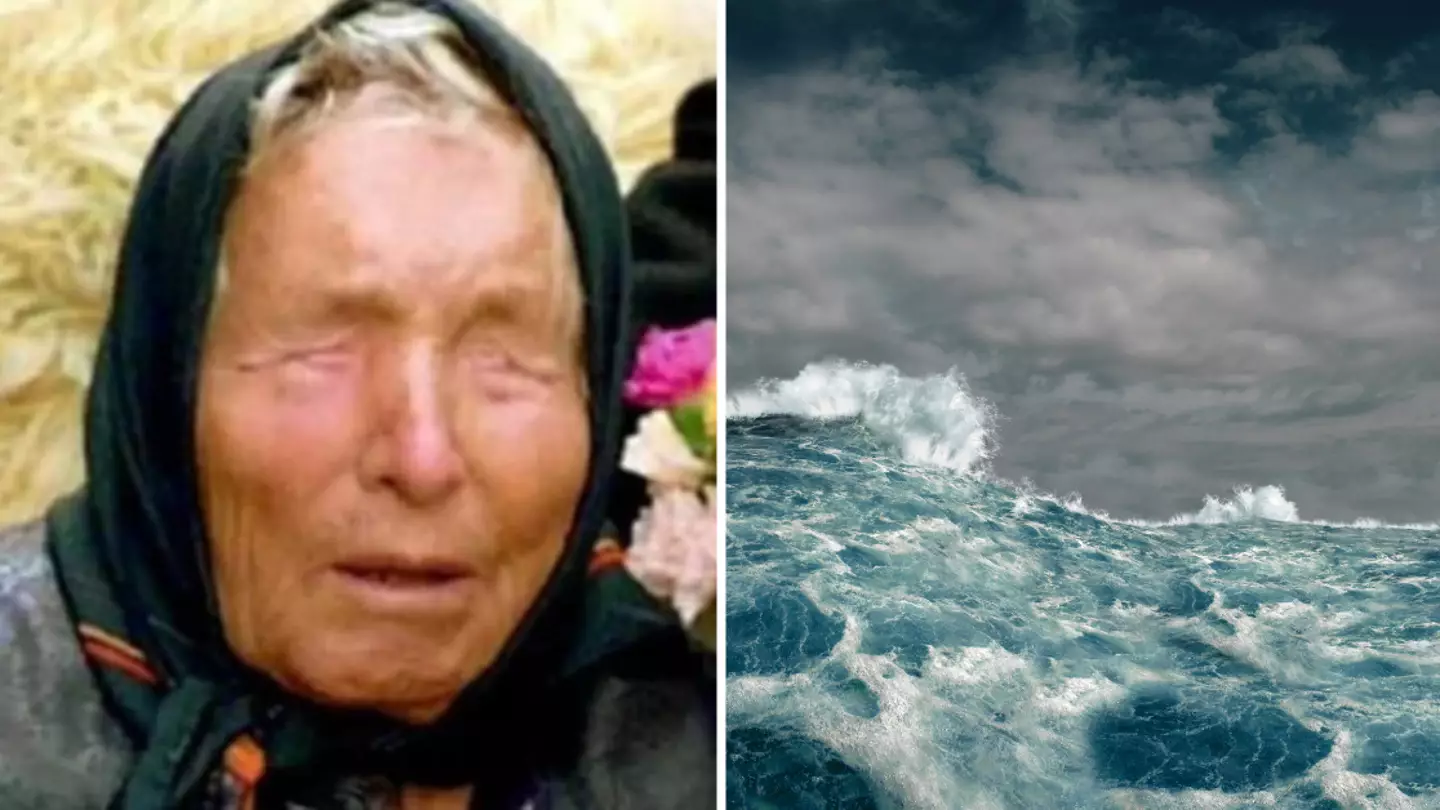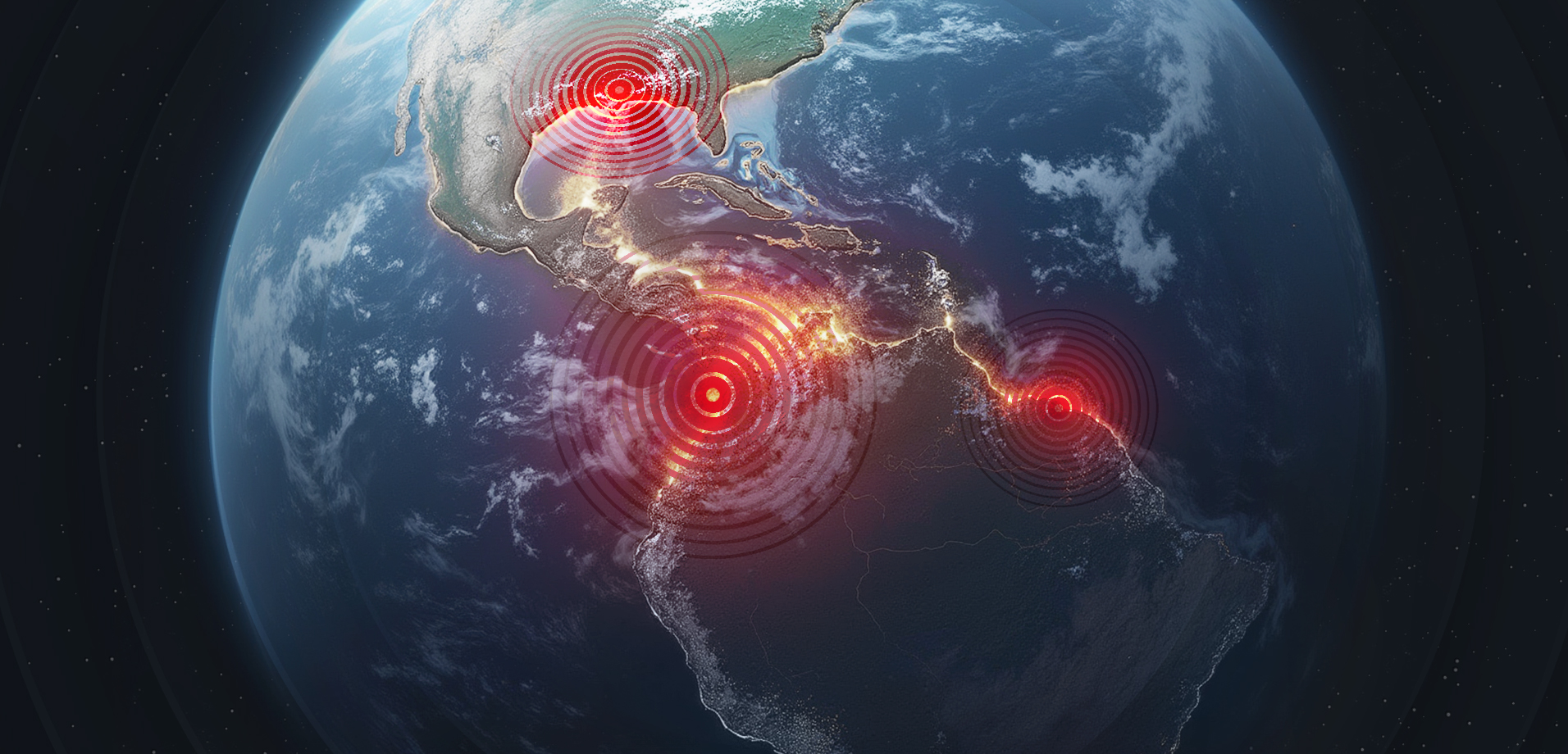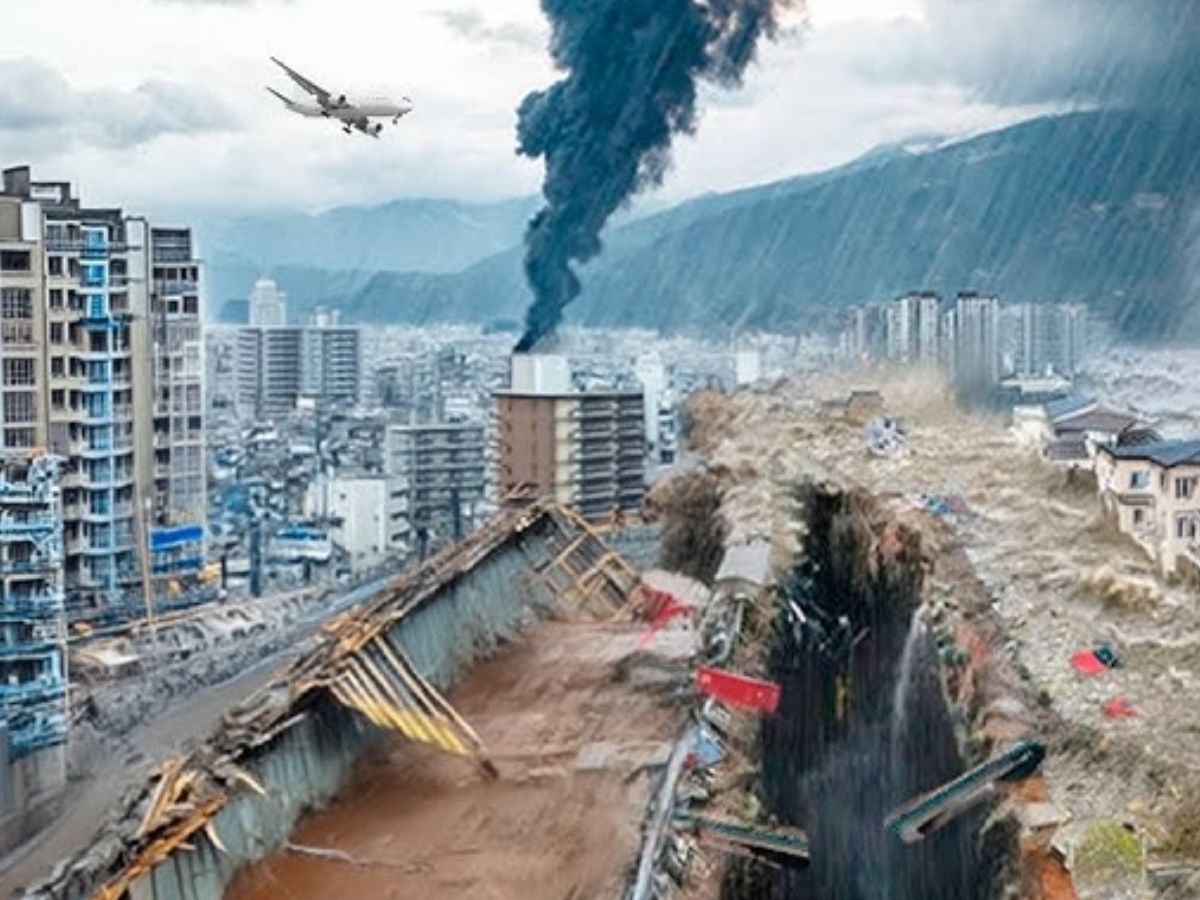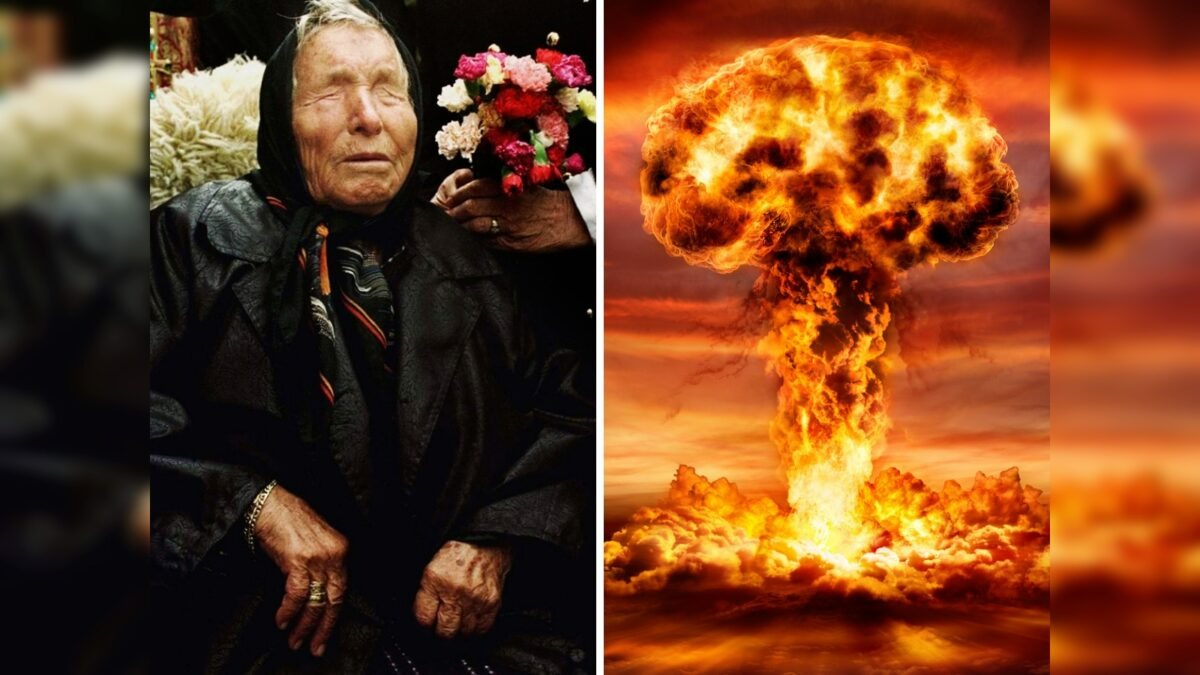In recent months, renewed attention has been directed toward seismic risk in the Pacific region, particularly following viral reports online about supposed predictions of a major disaster in July 2025. While these claims have circulated on social media platforms and fan-based forums, it is crucial to focus on what scientific and geological evidence reveals about the potential for seismic activity in the region.

The Pacific Ring of Fire: A Region of High Seismic Activity
According to the United States Geological Survey (USGS), the Pacific Ring of Fire is one of the most seismically active zones in the world. This area, which forms a horseshoe-shaped belt stretching from New Zealand, through Indonesia, Japan, and the Americas, accounts for approximately 90% of the world’s earthquakes and a significant portion of volcanic activity.
Japan, in particular, lies at the convergence of four major tectonic plates: the Pacific, Philippine Sea, Okhotsk (part of the North American Plate), and Eurasian plates. This geologic positioning makes Japan especially vulnerable to both earthquakes and tsunamis. The Nankai Trough, off the coast of southern Japan, is closely monitored by the Japan Meteorological Agency (JMA) and is known for producing large megathrust earthquakes approximately every 100 to 150 years.

The Legacy of the 2011 Great East Japan Earthquake
One of the most devastating events in recent history was the 2011 Tōhoku earthquake and tsunami. On March 11, 2011, a magnitude 9.0 earthquake struck off Japan’s northeastern coast, generating a powerful tsunami that caused widespread damage, resulting in nearly 20,000 confirmed deaths according to Japan’s National Police Agency. The Fukushima Daiichi nuclear disaster, which followed, underscored the need for rigorous disaster preparedness in seismically active regions.
Japan has since invested heavily in earthquake early warning systems, tsunami detection technology, and public awareness programs. The country’s disaster preparedness framework is often cited as a global model for how to mitigate the risks associated with natural hazards.

Evaluating Seismic Predictions: The Role of Science
Despite the popularity of predictions made by individuals claiming prophetic insight, such claims are not recognized by the scientific community as valid methods for earthquake forecasting. The USGS and other institutions, such as the Earthquake Research Institute at the University of Tokyo, emphasize that there is currently no reliable method for predicting the time, location, and magnitude of future earthquakes with precision.
Earthquakes are governed by complex and chaotic geological processes. While scientists can assess the probability of an earthquake occurring in a given region over a certain period based on historical data, they cannot predict exact dates or specific events. Seismologist Dr. Lucy Jones, a leading expert on earthquake science, has repeatedly stated that any claim of precise earthquake prediction is scientifically unfounded.

Mapping Risk Zones: Japan, Taiwan, and Southeast Asia
While no specific predictions for July 2025 have been issued by any official scientific organization, agencies continue to monitor seismic risk in vulnerable zones. For instance:
Japan’s Nankai Trough remains under close observation, with government models estimating a high probability of a major quake in the coming decades.
Taiwan, located along the Philippine Sea Plate boundary, frequently experiences moderate to strong earthquakes. In April 2024, a magnitude 7.4 earthquake struck eastern Taiwan, causing infrastructure damage and casualties, according to Taiwan’s Central Weather Administration.
Indonesia is part of the Sunda Arc and is known for frequent seismic and volcanic events, including the 2004 Indian Ocean tsunami triggered by a magnitude 9.1 earthquake near Sumatra.
The Northern Mariana Islands, while less populated, are near active tectonic boundaries and are monitored by both the USGS and the Pacific Tsunami Warning Center.

Preparedness Over Prediction
Given the inability to predict specific seismic events, global experts stress the importance of preparedness. In high-risk zones, this includes:
- Building structures that comply with seismic safety standards
- Educating the public on evacuation procedures
- Maintaining effective early warning systems
- Coordinating response between local and international disaster relief organizations
The Sendai Framework for Disaster Risk Reduction, adopted by the United Nations in 2015, provides a global guideline to reduce loss of life and economic disruption due to natural hazards. Japan is among the key contributors to this initiative and continues to advocate for science-based disaster risk management.

Public Reactions and the Role of Media
While speculative reports or dream-based predictions often gain attention online, they do not align with scientific consensus. According to media literacy organizations such as MediaWise and the International Fact-Checking Network (IFCN), consumers should verify claims through reputable sources and remain cautious of viral content lacking expert validation.
Social media platforms play a critical role in either amplifying or debunking misinformation. Experts recommend consulting official agencies such as the USGS, JMA, and national emergency services when evaluating disaster-related news.

Conclusion: Focus on Verified Knowledge
As conversations about seismic activity in the Pacific continue into 2025, the key message from experts is clear: while it is wise to be prepared for natural hazards, decisions and responses must be guided by verified scientific data, not unproven predictions.
The Pacific Ring of Fire will continue to be an area of geological interest and concern due to its tectonic dynamics. Individuals living in or traveling to this region are encouraged to follow updates from trusted agencies and to participate in preparedness efforts led by local governments.

For up-to-date information, visit the following resources:
United States Geological Survey (USGS)
Japan Meteorological Agency (JMA)
Pacific Tsunami Warning Center
United Nations Office for Disaster Risk Reduction (UNDRR)
